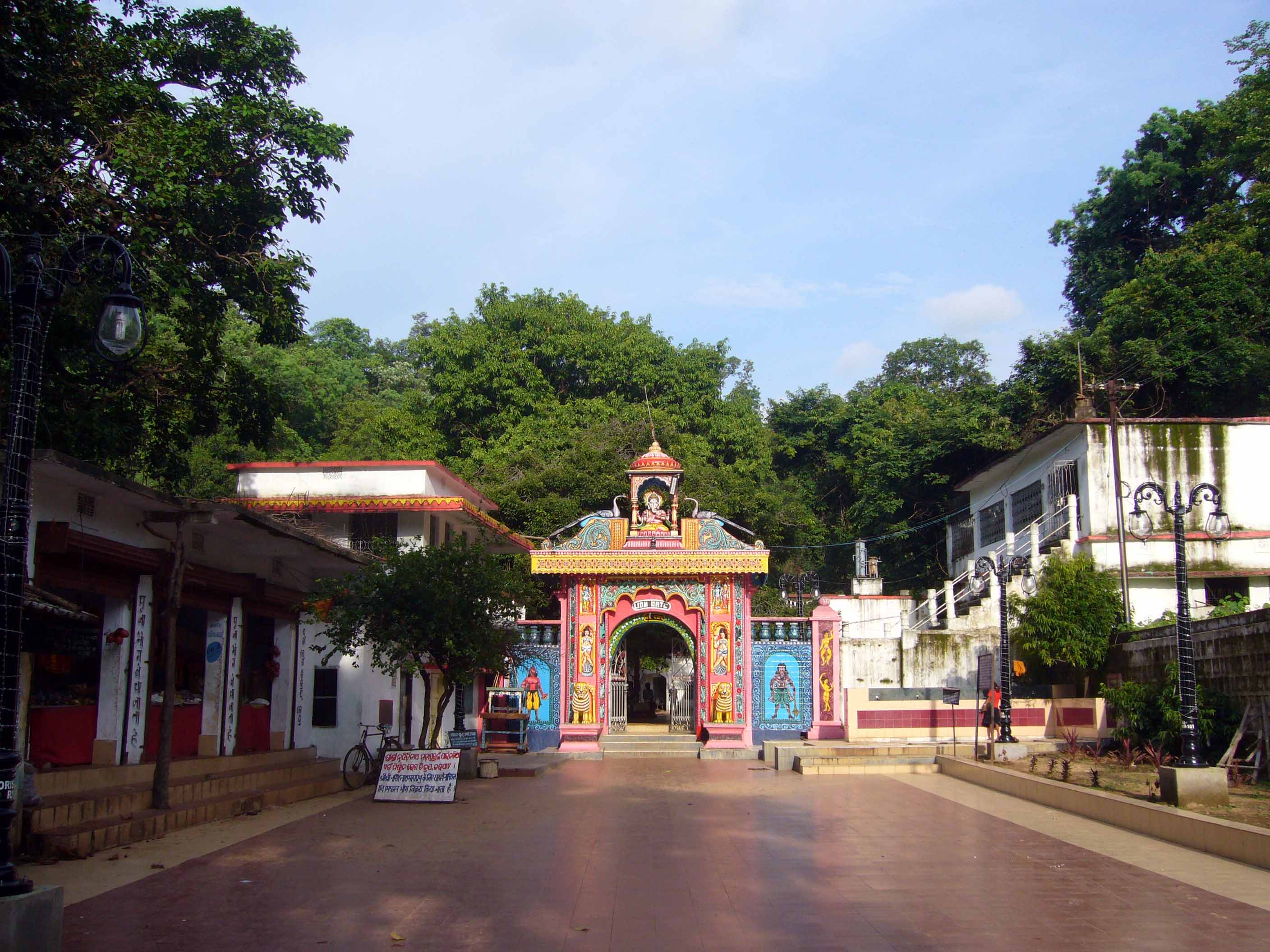When the Asta-Malliks asked Ramai Dev to prostrate himself before the deity, he asked them to demonstrate how to do it. When the Asta-Malliks were prostrating themselves, Ramai Dev killed all of them with the sword kept besides the deity and came out of the temple alone and alive. As it became clear from this that the deity approved Ramai Dev, the people hailed him, as their ruler and thus, he became the first Chauhan Raja of Patna. The Binjhal chief of Borasambar, the overlord of Patna endorsed his claim to the principality, came to Patna and put the Ticca of a Raja on his forehead. Thus, in Patna / Patnagarh, the Binjhals occupied a honoured and privileged position or status in the sense that it was the custom until very recently for the Binjhal chief and each of his descendants to exercise the same right, also placing a Pagri or Pat of silk on the head of the Raja of Patnagarh at the time of accession (Senapati and Mahanti, 1971:516-517).
Deo (2003:97) strongly claims that there is no historical support for Chauhan immigration to Kosala region i.e. modern west Orissa. It is more probable that one of the local tribal chiefs emerged powerful enough to assert his independence and seeking the Brahmin’s help and advice, claimed Chauhan rank and status. It may be understood in this specific circumstance why the Binjhals have such an exaggerated sense of their weight and importance in relation to the Patna Rajya. The way in which Ramai Dev has asserted his position and influence within the power structure suggests us to consider that Binjhals have extended all support to Ramai Dev. In other words, the termination of rule of Asta-Malliks was accompanied by the Binjhals who have played significant role in the emergence and expansion of the Chauhan Rajya in Patnagarh. This is why they have enjoyed much reputation and standing.
The most salient point about the contributions made by various groups is that tribal people or aboriginal groups have been a key factor in the development and progress of societies, in breaking up ethnic boundaries and other cultural limits and identities towards the emergence of Patna state or nation as we understood it today. Ramai Dev eventually succeeded in capturing power from Asta-Malliks and became the exclusive ruler of Patna. In this heroic myth, the man of action Ramai Dev and a Brahmin script the extinction of system of Asta-Malliks. This reflects the familiar competition and jealousy among Asta-Malliks who represents various interest groups about their status and position within the then existing political structure.
In this context, Deo (2003:97) writes that there was a type of oligarchy or Government by a group of eight powerful persons recognized as Asta-Malliks, and one of these eight chiefs emerged as the Garhpati of Patnagarh. Ramai Dev distorted the egalitarian system of rule (Asta-Sodara rule) and acknowledged the other seven as Garhpatis or Malliks of diverse areas, who enjoyed superior status in their respective areas. It is understood from the narrative that Ramai Dev was himself endowed with some extra-ordinary qualities and commensurate good will. But he could hardly have destroyed the Asta-Malliks or the system of oligarchy in Patnagarh without the support and guidance of the Brahmin, which marks the commencement of a process of Hinduisation or Brahminisation or Aryanisation. Thus, their union brings the heroic destiny of Ramai Dev to a fitting close to sanskritisation and also formation of a new hierarchical political structure.
Deo (2003:97) has rightly mentioned that in these circumstances, it is not difficult to believe in the emergence of a Brahmin-Kshatriya ruling coalition in Patnagarh. In order to sustain a separate and independent Chauhan kingdom, most probably, the Chauhan rulers had to depend upon the Bhogas and Bhagas. They had to persuade the local tribal people to become settled agriculturists so that production would increase; because tribal economy based on hunting and shifting cultivation cannot sustain a Rajya as analysed in a different place by Deo (2003:96). In order to legitimize their rank and status as Rajas and to their share of the produce i.e. Bhaga, the Chauhan rulers granted lands to Brahmins and temples which contributed to the changing the agrarian situation, configuration of hierarchical social order and Brahminisation or Sanskritisation or Hinduisation of society in this area. In course of development, the successive
Chauhan rulers of Patnagarh extended their influence over the neighboring territories including Sambalpur and the adjoining States.
Chitrasen Pasayat is an OAs comments on culture



